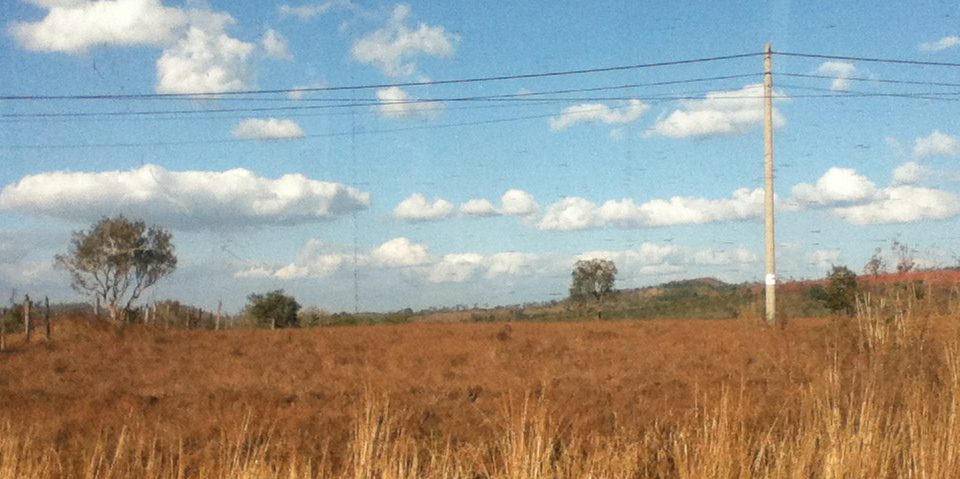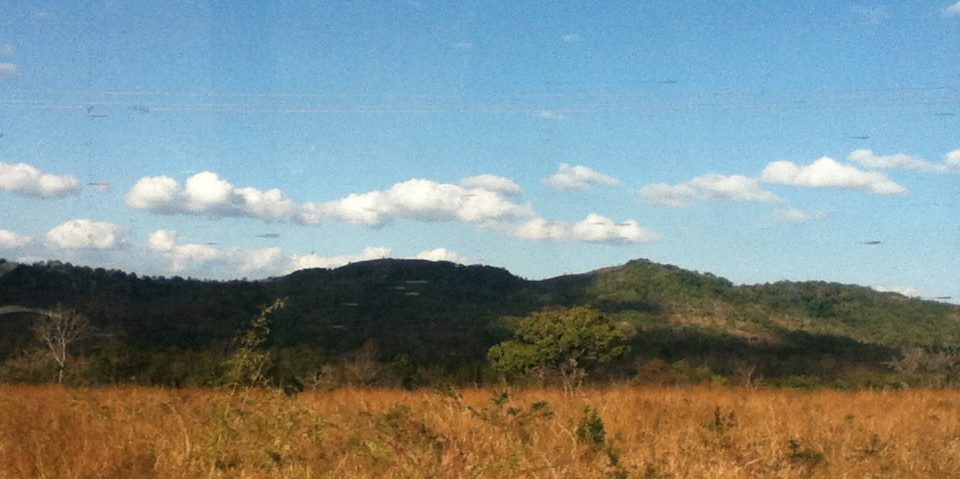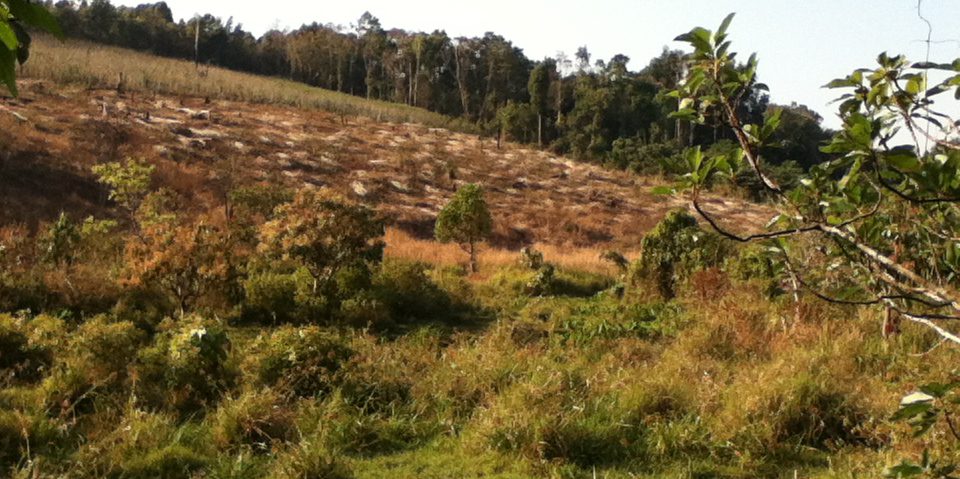Exploration Name: Khmer Architecture
Exploration Date: November 20-January 17
Number of students: 12
Essential Questions/areas:
(1) What is the meaning of architecture?
(2) What information should I know about architecture?
(3) What does Khmer architecture look like?
(4) What are the differences between ancient and modern architecture?
(5) How do we create architecture?
Description: Architecture is the process of planning, designing and constructing. When we work on architecture with these three things we have to think about durability, utility and beauty. So in our Exploration we learned about architecture in Cambodia. For example: in Cambodia there are many houses, buildings and also the temples. The Khmer architecture was different than the other countries because like the Angkor Wat is made from the big rocks and the foundation that they built is layers of rocks and sand. But in the other countries, like in the U.S.A, there are not really the buildings that have the foundation like that. Before, the buildings in Cambodia were not that big. The houses were also not that big and were not made from cement like right now. Now when they make the houses, they put many colors and many styles that they want. But at the past, the Khmer buildings were not too big and did not have many styles like now. Just the temples had many styles that Khmer ancestors made by hand with the big rocks. On the big rocks they made the big sculptures that showed about Khmer history. To do the architecture we have to follow the theory of architecture and do it step by step. In this group we went on the trip to Siem Reap to learn how did the Khmer ancestors build the temples. Other than that we also went to some places in Phnom Penh. We went to Central Market, Olympic Stadium and PPIT. That is the school that teaches about the architecture.
This is our blogs: http://angkorarchitecture.ligercambodiablog.org/




